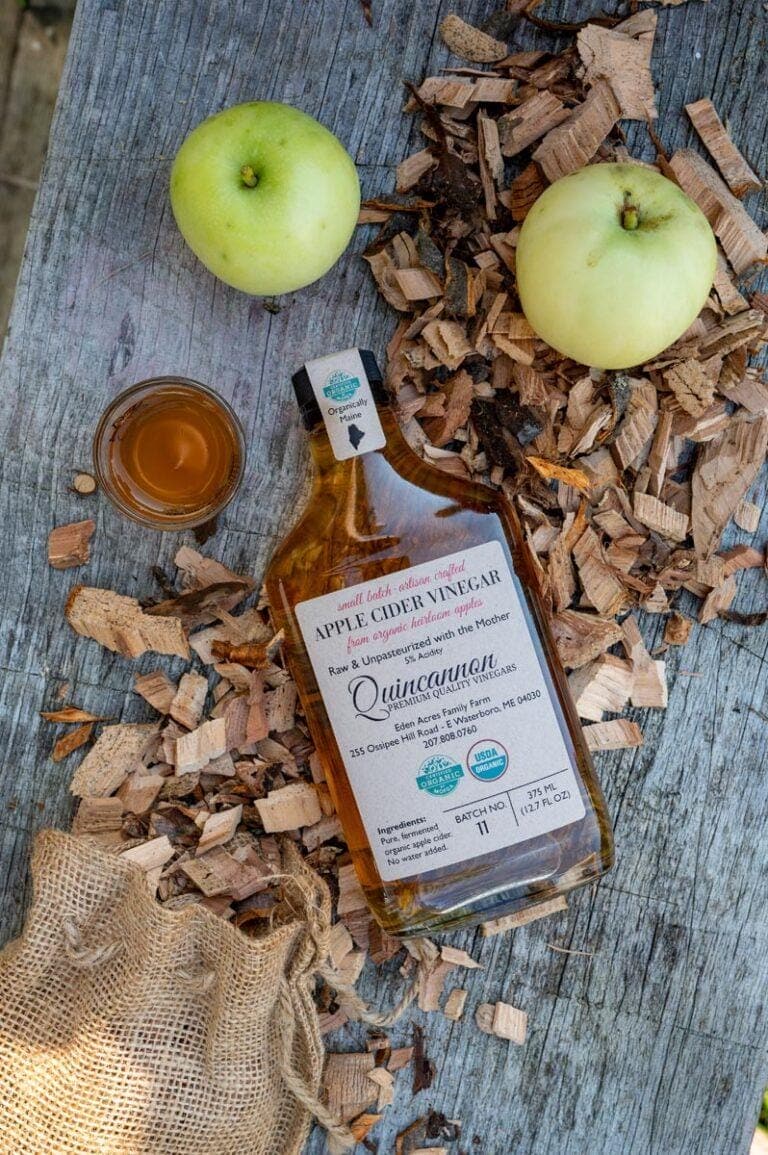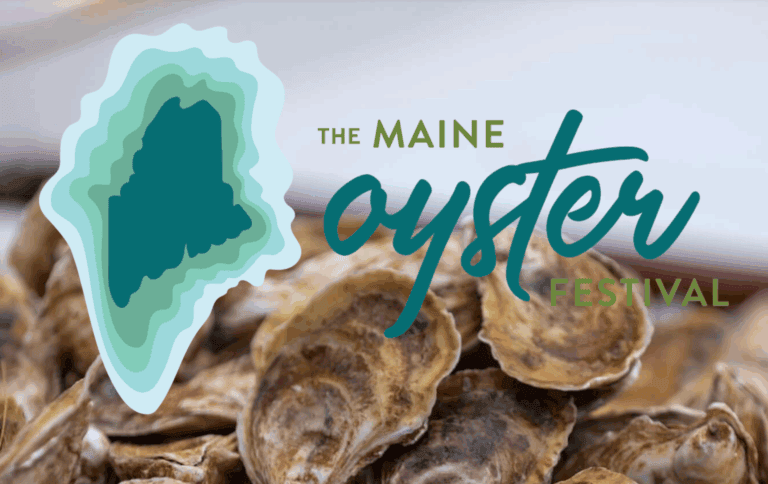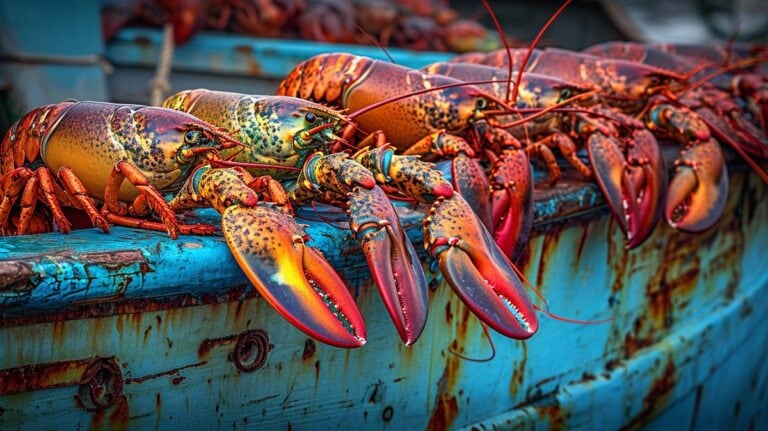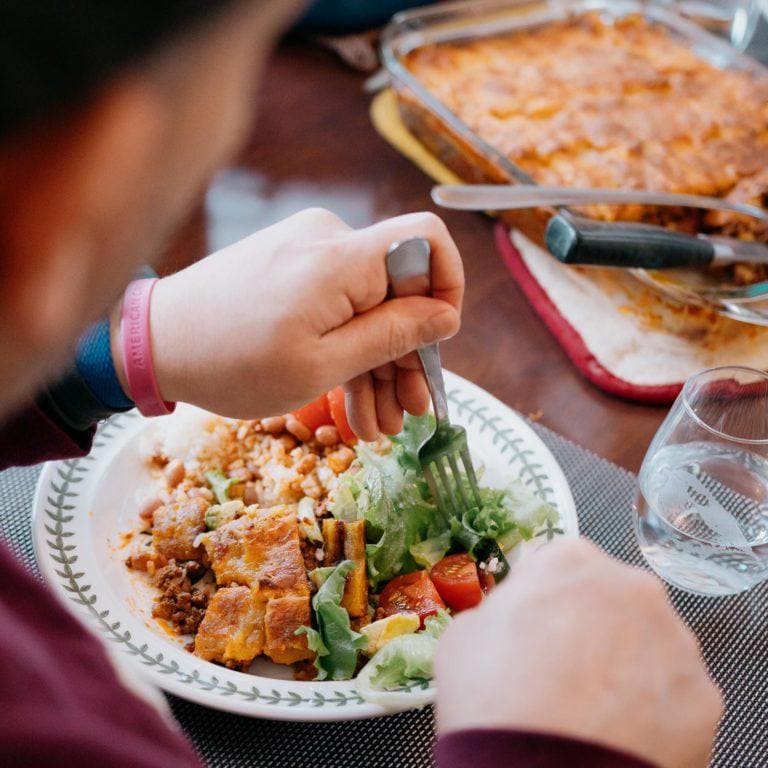I navigate precariously from dry to wet rocks and inch closer to the shoreline, eager to reach my husband, Evan, who is crouched down sifting meticulously through the abundance of seaweed latched onto the jagged outcropping. “Come see this,” he encourages, calling me over. It’s a blue-sky day as fall is about to push into winter at Periwinkle Cove in Rye, New Hampshire The tide is backing out, collecting rockweed in its frothy grip as it makes its way out to sea. Amid the churned-up brown fronds that dominate much of the New England coastline, a contrast of deep maroon peeks through. It’s what we’ve been looking for—sea truffles.
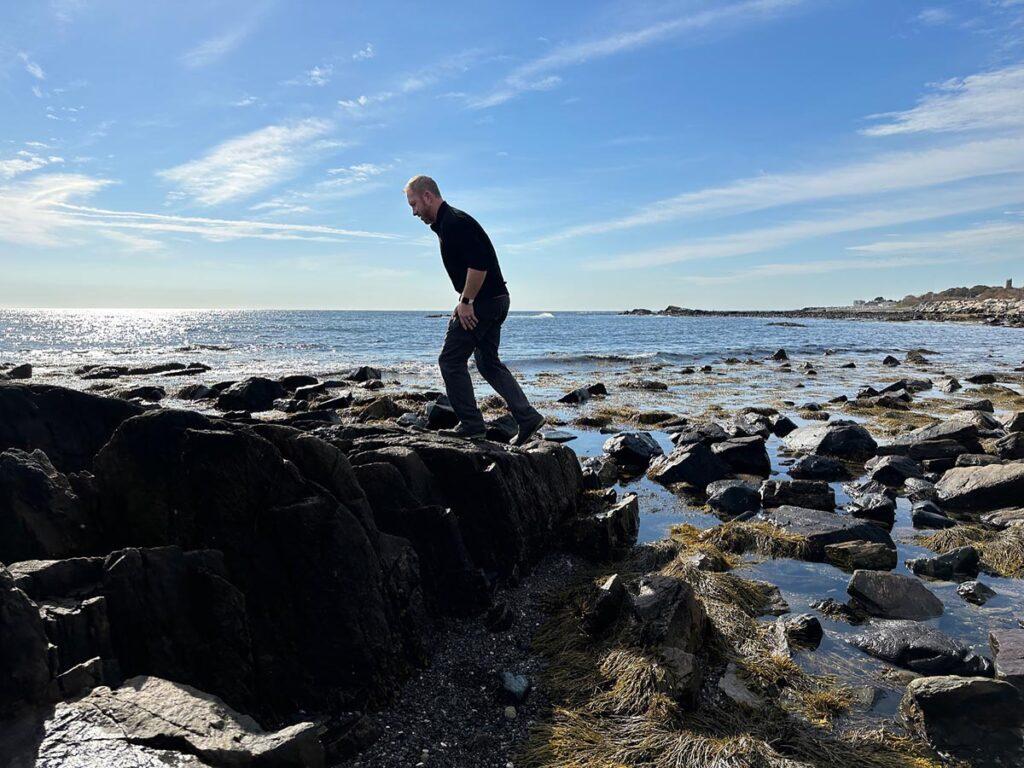
These red algae, scientifically known as Polysiphonia lanosa, grow in small tufts attached to kelp and wrack all along the North Atlantic. Despite their fine, fibrous texture, they pack a potent flavor that bears striking similarity to white ground truffles found in the moist soil of northern Italy. Earthy and intoxicating, ground truffles are shaved over pasta, doused on fries, and whipped into scrambled eggs, but today, the fate of their oceanic counterpart is different. Back at Stages, Evan’s restaurant, he’ll dehydrate the seaweed and steep it in broth to make chawanmushi, a Japanese savory custard.
Preservation is central to the restaurant’s methodology, providing more options in the darker months than the growing season allows. Drying, fermenting, brining, pickling, curing, smoking—these are the various ways local ingredients are extended and showcased all year long. From salted wild radish to loganberry vinegar, old –world preservation merges with modern culinary technology and techniques to tell a story of time and place: A snapshot of spring could manifest as fresh ramp leaves fused into an aerated soup, then reinvent itself as a fermented bulb cooked sous vide alongside steamed mussels come January.
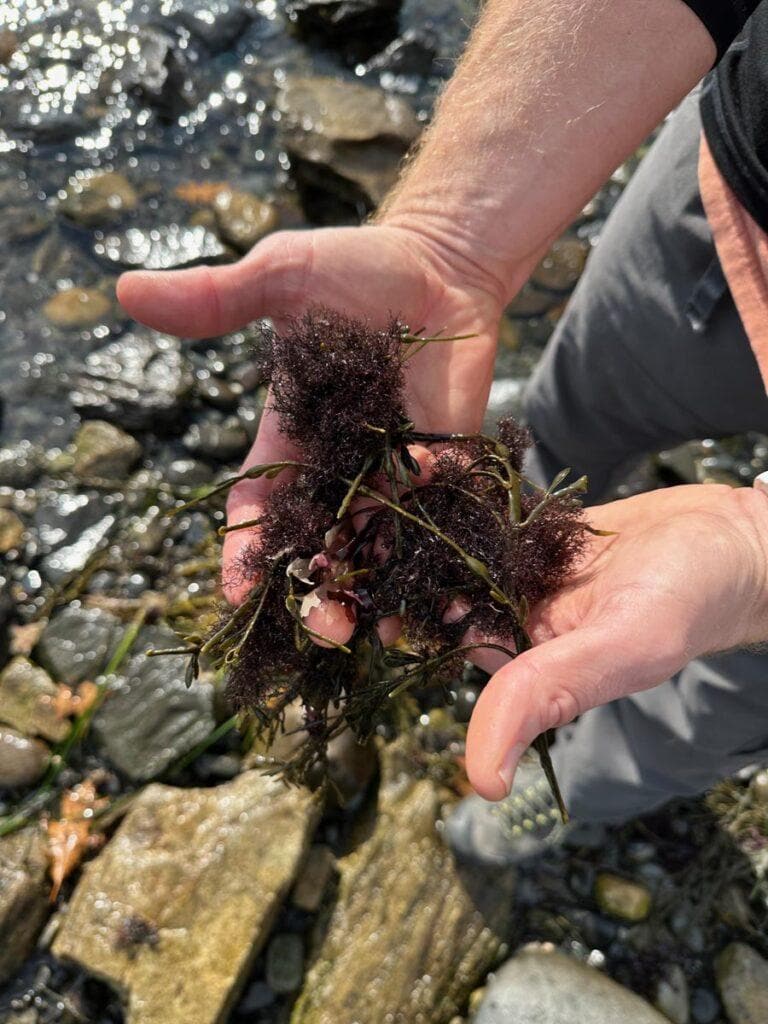
In an age where the press of a finger grants boundless access to edible options from almost anywhere on Earth, these simple preservation systems reverse the effect of globalization to restore intentionality and a relationship with our food. Part of fostering this relationship extends to the people who make, grow, and harvest what we eat. Many of the suppliers entrusting Evan with their hard-earned product are people he has known for many years who are skilled in their respective crafts, whether it’s scouting for mushrooms or raising waterfowl. A mutual appreciation on both sides often breeds cooperative working arrangements, aligning supply and demand so that all benefit.
Aside from building familiarity with the people who work to sustain us, there is no greater way to forge a stronger connection with our food than cultivating it with our own hands. This realization began on a brisk morning in early April when I trudged out at low tide with my friend to her oyster farm in Little Bay, New Hampshire. As the mud squelched under the rubber soles of my waders and the water rose to my chest, I found myself immersed in the present. Working on the farm was freedom. For months we sorted, tumbled, raked, and shucked; our clothing ripped, and our hands got calloused.
Eventually, Evan joined me on the farm, where the two of us started harvesting oysters for the restaurant. Back at Stages, he transformed the bivalves I helped grow into a regular fixture on the menu. While I didn’t raise them from seed—an oyster takes about three years to get to market size—I knew my diligence on the farm contributed to progress, moving them to the final stage and advancing the remaining crop for the years to come. At the end of the season, when we dragged the cages to deeper water for the winter, I felt an undeniable sense of pride.
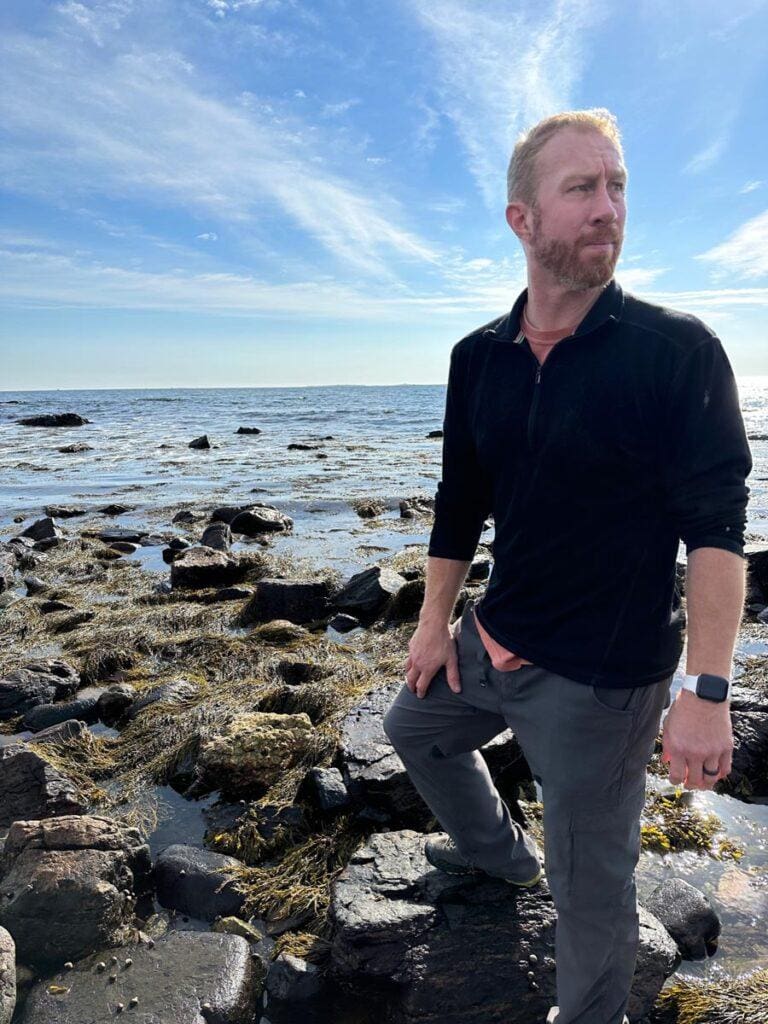
Connections with food are sometimes more nuanced than laboring on a farm or making vinegar. Sometimes, it’s the things we do and the places we go that present organic opportunities to strengthen our ties. Evan and I were both fortunate to grow up in families where nature provided ample inspiration for recreational pursuits: hiking, camping, canoeing, sledding, playing by the seashore. As our lives evolved and eventually joined together, we introduced each other to new ways of seeing the world. This has widened the scope of our experiences, whether we are harvesting seaweed while diving along the coast or foraging for mushrooms en route to a rock-climbing spot in the woods.
Collective adventures with Evan’s two kids are chances to share our curiosity and knowledge, showing them how to protect the natural environment so that the land and sea continue to flourish. Just as Evan’s friend once revealed a little-known foraging location with the confidence he wouldn’t abuse the resource, the kids have learned how to harvest responsibly so they can preserve the delicate balance of the ecosystem. Life often affirms that you get what you put in, and food is no different. Weeknight dinners at our house aren’t nine-course tasting menus, but ingredients from the restaurant often feature at our table. And when the holidays arrive, we know we have a farm goose or turkey because of the care we strived to exhibit all year long.







